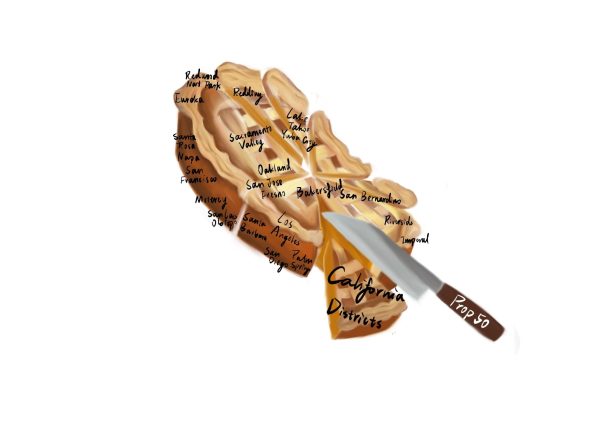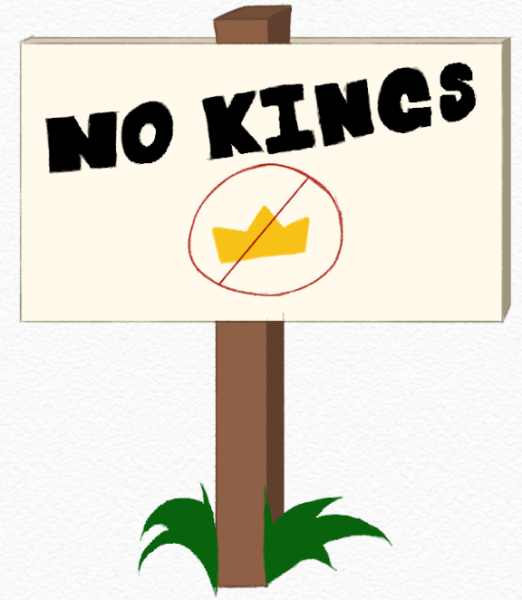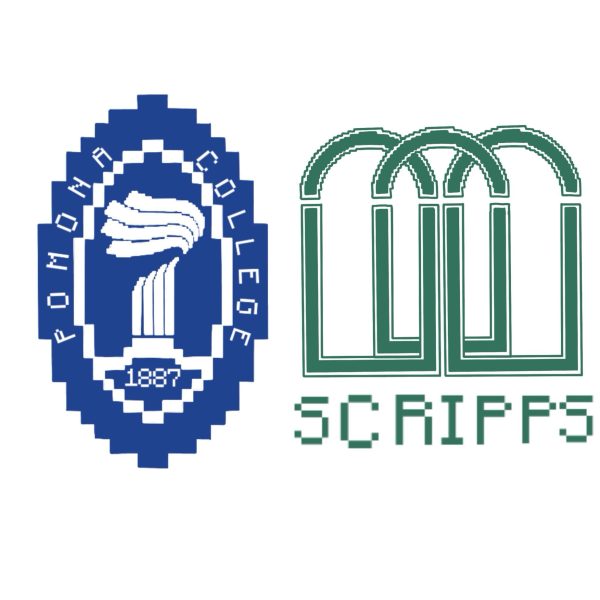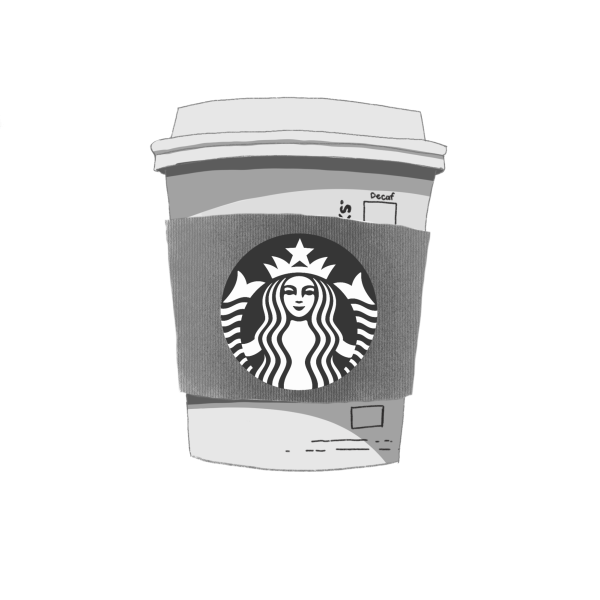Free lunch or a meal from home? The implications of the new free lunch program at CHS.
California, and in turn CHS, have done away with the paid-lunch program for not just the 2021-2022 school year, but the foreseeable future. Throughout the pandemic, free breakfast and lunch pickups at schools were available for all students. Now, going into the new school year, students can expect a lunch that is fully paid for, barring the previous policy in which only certain students were eligible for free lunch based upon their socio-economic status. The question remains, do the socioeconomic benefits for all students outweigh the reduced quality of lunches and are the lunches adequate enough in quality and size for high school students?
Thanks to a recent budget surplus, East Bay Senator Nancy Skinner was able to introduce the Free School Meals For All Act, guaranteeing free lunch for all public school students. California became the first state in America to guarantee completely free meals for all public school students. This a hefty promise to uphold for 6 million students. This bill was seen as a necessary measure to take by California officials, as 1 in every 6 children in the US faces hunger. Previously, communities of color and immigrant communities refused to sign up for free meals as intrusive questions were asked, such as their family income and their child’s immigration status. Many also do not sign up for fear of public shame. However, under the new bill, CHS no longer requires such information, and everyone may receive a free lunch. For this school year, the Department of Agriculture is paying for every meal of every child. However, beginning at the start of the 2022-23 school year, the once seemingly impossible feat of the state of California paying for every meal is coming to fruition.
Many Californians say this is a great plan, but only in theory. The socio-economic benefits for all students come with an obvious positive outcome for low-income families. However, are the sacrifices to obtain free lunch worth it? CHS has experienced extremely long lines which have led to food shortages. Not only that, but students who actually require free lunches in order to eat that day, were left hungry. The free lines also condense students into tightly packed lines bumping into one another with no room to move. In the midst of a pandemic, this cannot be the right situation to create at school.
CHS students have a lot to say. Paolo Estrella and Jamison Glaspy are both juniors at CHS who have had polar opposite experiences while getting free lunch.
“The first day [of school] was absolutely horrible,” Estrella said. “The lines were so long they were running out of food, people didn’t get to eat…the food is worse compared to my freshman year.”
Glaspy’s situation is a stark difference from Estrella’s.
“My experience was decent, I thought it went by pretty fast,” Glaspy said. “The lunch I had was decent, the main food was a burger, some fruit, and carrots, it was good.”
Since the first day of school, it seems as if food supplies have increased as now one can go 20 minutes after lunch has begun and still be able to grab something. The lines remain pretty lengthy, however they clear out after some time. This is a significant improvement from the first couple days of school where you’d be lucky if you could grab lunch. This begs the question, are lunch lines clearing up because fewer students are eating after experiencing the food? Hopefully, the quality of school lunches will be upgraded as it is oftentimes hard to find enough energy in a plain slider, milk, and a few apple slices. Overall, the new lunch system provides for financially struggling students while de-stigmatizing the act of getting free lunches. Though, some students are left hoping that the food itself is brought to a higher level.
Hello there! Our goal is to provide relavent, engaging journalism for readers of all ages. Your donation will support the student journalists of the Wolfpacket at Claremont High School, and will allow us to purchase equipment, print our monthly issues, and enter in journalism competitions. We appreciate your consideration!
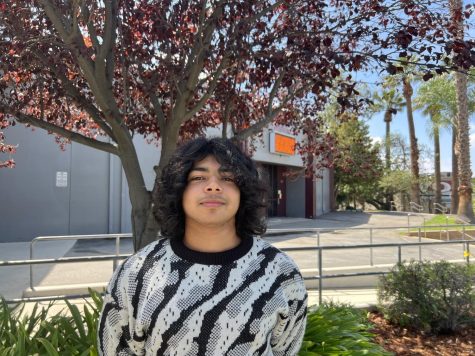
Lorenzo is a Senior at Claremont Highschool and a reporter for the Wolfpacket. Their current favorite musical artists include Youngboy Never Broke Again,...







